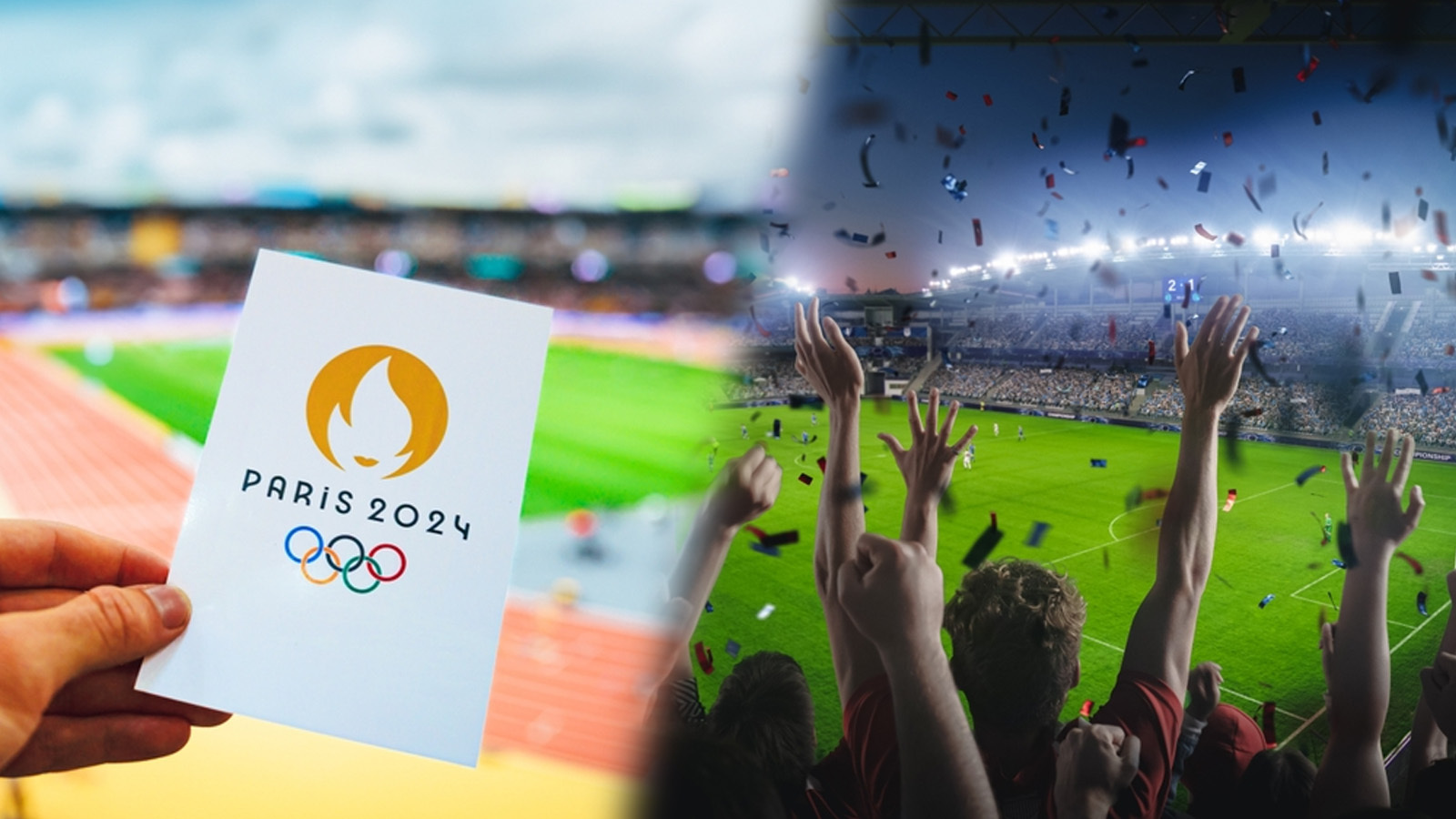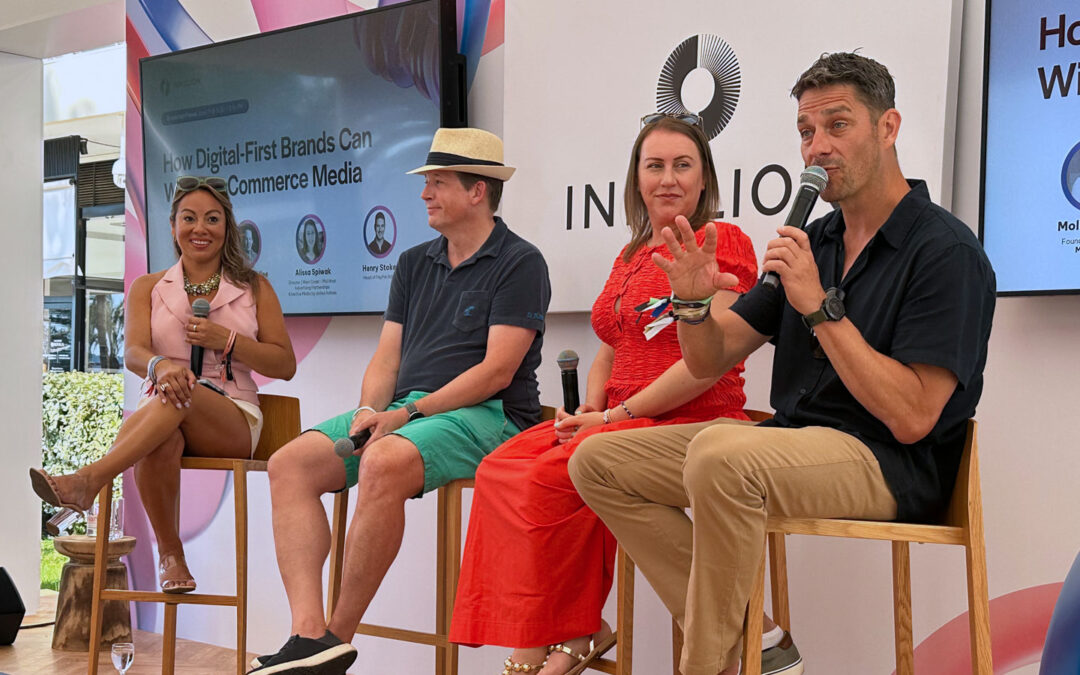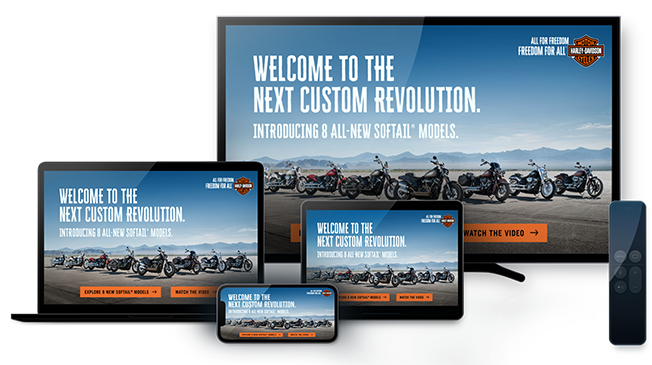What Live Sports Strategy Is Best For Your Brand?

As summer heats up, the world’s eyes turn to Paris. The city has prepared an array of stadiums, arenas, and outdoor venues for 32 unique sporting events to host the 2024 Olympics Games – and that’s just the beginning. Especially if you’re in advertising.
For the first time ever, every single event will stream live on Peacock, offering more inventory, more advertisers, and of course, more premium airtime. It’s a testament to the enormous cultural impact of live sports – as well as their expansion. Sports that have never seen national airtime will now be broadcast alongside Olympic mainstays like basketball, swimming, and gymnastics – giving advertisers an unparalleled opportunity for visibility, engagement, and brand growth.
If they play their cards right.
Just as Olympic athletes adjust their training for different venues, cities, and fans, brands must tailor their advertising strategies to the unique dynamics of the sport, stadium, and audience waiting in the arena. The Olympics, with a schedule ranging from track and field to equestrian show jumping, provide an easy but crucial lesson: Not every live sport is the same. To help your brand go for gold, we’re going to take you through our InStadium playbook to show how you can identify the right sport, the right stadium, and the right time to deliver an Olympic-caliber performance.
Focus On The Fundamentals
Due to the constant churn of events, multiple channels of communication, and the live nature of sports, everything needs to be buttoned up to ensure your brand is ready for prime time.
Before you dive into the proverbial deep end, huddle up with the team to set yourself up for a win.
- Campaign Goals: Define what you aim to achieve with your campaign. Are you looking to increase brand awareness, drive sales, or improve brand sentiment? What kind of timeline are you working off? How long do you want the path to purchase to be? This can help determine whether stadium advertising is right for you. Our research, for example, has shown that people look favorably on brands that support their favorite sports, which is great for building brand recognition and positive sentiment. But flighted stadium advertising and the rapt audience it provides is also good for driving attention to something on a short timeline, like a new movie or TV premiere.
- Message / KPIs: Establish your brand narrative and KPIs to measure success.
- Assets Available: Evaluate the creative assets you have and how they can be utilized in the chosen sport and stadium setting.
- Development Timeline: Sports seasons move fast, so you’ll need to ensure that your campaign timeline is in order. Consider production, approvals, and logistical aspects.
- Flight Dates: Identify which sports are in-season for key dates.
Find A League Of Your Own
Once you have established your campaign parameters, the ball is in your court to uncover the right sport and team for your brand to choose to surround.
- League Type: College or pro? Men’s or women’s? Team or solo? Each league comes with a unique fan base – even when they share a stadium. Learn more about the kinds of audiences that follow different leagues. They vary wildly in terms of age demographics, income levels, and more.
- Location: Ensure the sport’s audience aligns with your target market in terms of size and geographic location. This will take some research and analysis too.
- Sport Popularity: Consider the ratings for the league and team. There’s a potential second audience at home – those watching on broadcast TV – that provides added value. Keep in mind that ensuring your activation will be seen on broadcasts of the game means additional planning, and possibly additional investment. If you’re interested in doing a big brand splash in between game breaks, on the other hand, consider doing what Netflix did for its “Sonic Prime” NHL promotion and planting social media influencers in the audience to bring the experience back home.
- Team Attendance: Analyze the average attendance this season for the teams that interest you. How’s the team doing? Has a star player or heated rivalry brought additional attention? Fortunes change fast. A sold-out crowd one year could be an empty house the next.
- Fan Engagement: What is audience behavior typically like? The pace of the sport, team, and fans can make or break a campaign. Some audiences will be more likely than others to tap into interactive brand experiences like giveaways or AR scavenger hunts.
Win Home Field Advantage
Because fans return to these stadiums year after year, they develop a powerful relationship to both the stadium and the stadium sponsors. As you approach the home stretch of your planning, let’s finish strong to prevent your campaign from making any unforced errors.
- Stadium Capacity: Larger stadiums can provide more exposure but may also come with higher costs. Assess if the audience size justifies the investment.
- Stadium Capabilities: Examine technological capabilities to see if your preferred stadium is up for the challenge or if you are punching above their weight class. Digital ad inventory, A/V tech, and stadium wi-fi connectivity vary considerably even among venues that house teams in the same league.
- Stadium Environment: Indoor or outdoors? Hot or cold? There are a myriad of factors available for your brand to take advantage of.
- Potential Campaign Extensions: Some marketers deprioritize stadium advertising because of what they see as a limited audience and exposure time. That’s no longer the case. You can retarget consumers who saw the ads in a stadium by using geolocation tech, give them an opportunity to connect and interact further through QR codes on the Jumbotron, and more.
Different sports attract varying audience types, and the stadium’s location, size, and capabilities can be the difference between a campaign putting up hall of fame numbers or becoming an instant bust.
Fans take the relationship between brands and live sports seriously. When stadiums switch soda brands, there’s sometimes public outcry. When a new brand overtakes an old brand’s naming rights, they risk fan backlash, or worse, rumors of a curse – especially when the team is losing. That’s why a careful strategy is key, even with the shorter flighted campaigns that InStadium makes possible.
Choosing the right sport and stadium for your brand involves a deep understanding of your audience, campaign goals, and the unique attributes of each sport and venue.
With the Olympics just around the corner, it’s the perfect time to get your wheels turning as Paris passes the torch to LA. When you tune into the Games this summer, which of its 32 sports seem like a fit for your brand? And how can you take advantage of that long after the closing ceremonies?
Learn more about Infillion’s award-winning InStadium technology here.
Subscribe to our blog:
Related Posts:

The Consumer-First Approach To Commerce Media Network Success
Your airline is an ad platform now – and so is your bank. Commerce media networks are one of the most interesting areas of growth in advertising, and at Cannes Lions, plenty of them were onsite to talk about it. That’s a conversation that we explored at the Infillion...

Why Neurodiversity Will Lead The Way In The AI Era
One in five employees today identifies as neurodivergent – as having autism, ADHD, dyslexia, or other cognitive variations – and that’s only going to grow. According to research from ZenBusiness, fully half of Gen-Z identifies with neurodivergence on some level....

How Brands Can Win In Times Of Uncertainty
The 2020s have been defined by relentless uncertainty across every industry. For brands and advertisers, it’s been one curveball after another - with the pandemic, AI, and inflation rapidly altering consumer behavior and shifting goal posts. As 2025 reaches its...
Let's Connect

